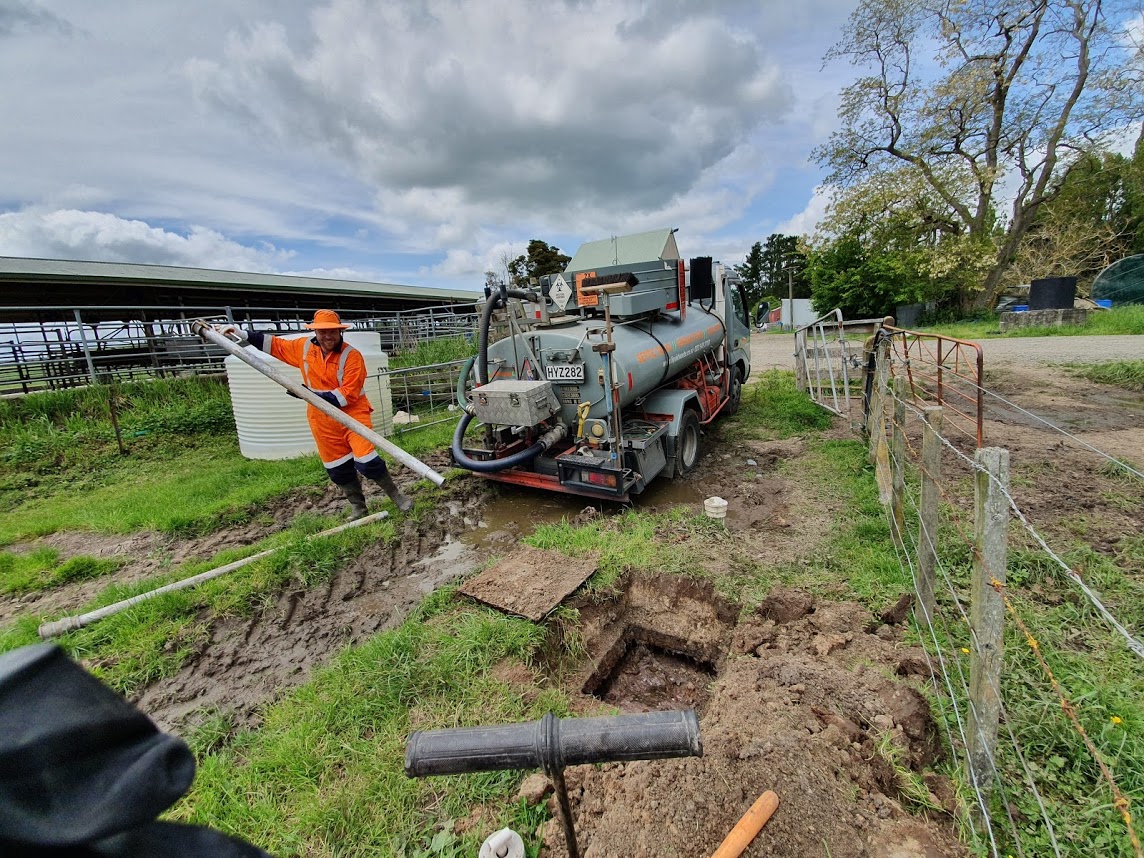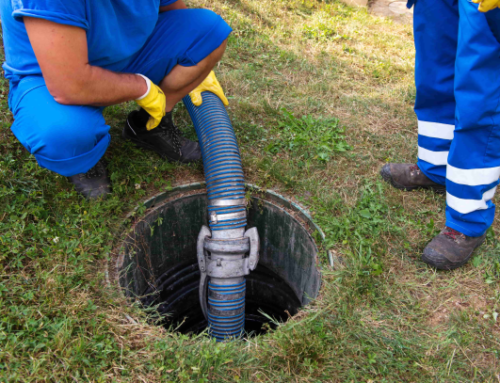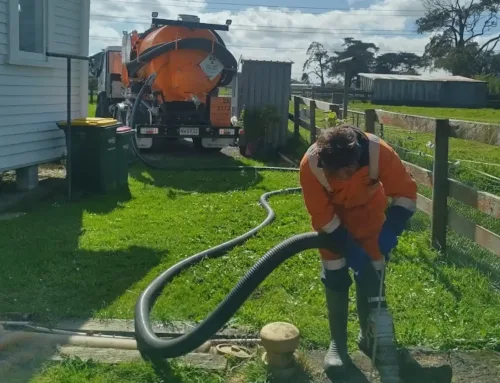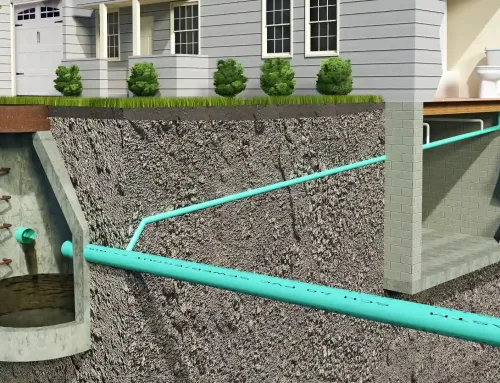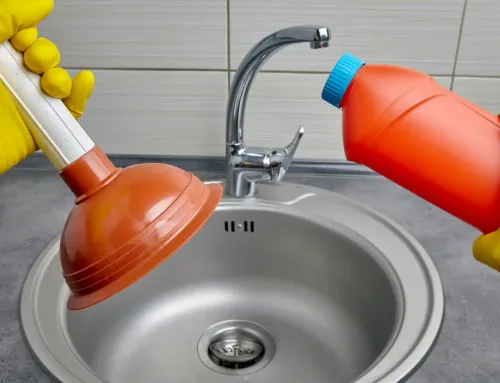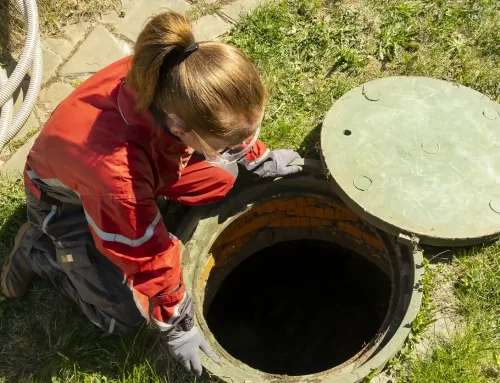Best Ways to Remove Stubborn Septic Tank Sludge
Your septic tank works hard to help process your household’s wastewater. Sludge forming over time is a natural part of treating wastewater, but it can cause problems when there’s an excessive build-up. Too much sludge accumulation may cause your septic tank to fail, especially when it doesn’t undergo proper septic tank cleaning. Read on to find out what you need to do to eliminate sludge and keep your septic tank clean.
Pump more often
Ask yourself—how long since your septic tanks last clean out? As solids build up in your tank, the usable volume in the tank decreases. And when sludge is left unaddressed for a long time, it will harden to the point where a pump truck will not be able to remove it. Our current guidelines suggest that if the depth of scum and sludge combined exceed 25 per cent of the operating depth of the tank, solids should be removed. This is to prevent the solids from making their way downstream to the next treatment component.
Aeration and Bio-Enzymes
Most septic tanks are designed to be anaerobic, operating without oxygen inside the main tank. Some septic systems use an extra tank to circulate air through the system, and this helps promote bacteria that need oxygen to break down solids. An excellent way to reduce sludge in your anaerobic septic tank is to provide a source of air and a new population of bacteria to help consume the sludge.
Aerating a tank can depend on the surrounding landscape, so be sure to talk to an expert about the options available to you. Here’s some of the main ways to remove sludge in a septic tank without pumping:
- Install an aeration system with diffused air in your septic tank
- Break any compacted sludge
- Add a bio-activator or microbe blend
Adding microbe blends can also help—feel free to ask us to find out more about these options.
Regular maintenance checks
The best way to avoid stubborn sludge is to prevent buildup from happening in the first place. Perform regular maintenance checks to ensure the efficiency of the septic tank:
- Perform a visual inspection.Regularly check the sludge level of your septic tanks. If the tank is more than half full, it may be time to contact a septic tank service.
- Check the outlet distribution box.Effluent should be free-flowing and clear.
- Review vents.Make sure that all vents are not blocked or covered with overgrown grass.
- Check air blower.Your blower should be producing gentle sounds, but nothing too loud.
- Notice the smell.Be wary of foul-smelling odours emitting from your drainage.
Consequences of not pumping periodically
When you leave your septic tanks unmaintained, solids will eventually build up in the tank, and the holding capacity of your septic system will decrease. This can cause major clogs in the pipe that feeds into the drain field. IF the drain field pipe becomes clogged, you are likely to experience:
- Wastewater backing up into the house
- Drains becoming slower
- Bad smells outside
It doesn’t take long for these problems to become critical. The best step is to call in the professionals.
Call Streamline for professional septic tank sludge removal
Removing stubborn sludge isn’t a one-man job. It requires specific skills, sophisticated equipment, and years of professional experience. At Streamline, we provide you with world-class, environmentally friendly septic tank servicing. Don’t wait for problems to appear, schedule a septic tank cleaning today!
